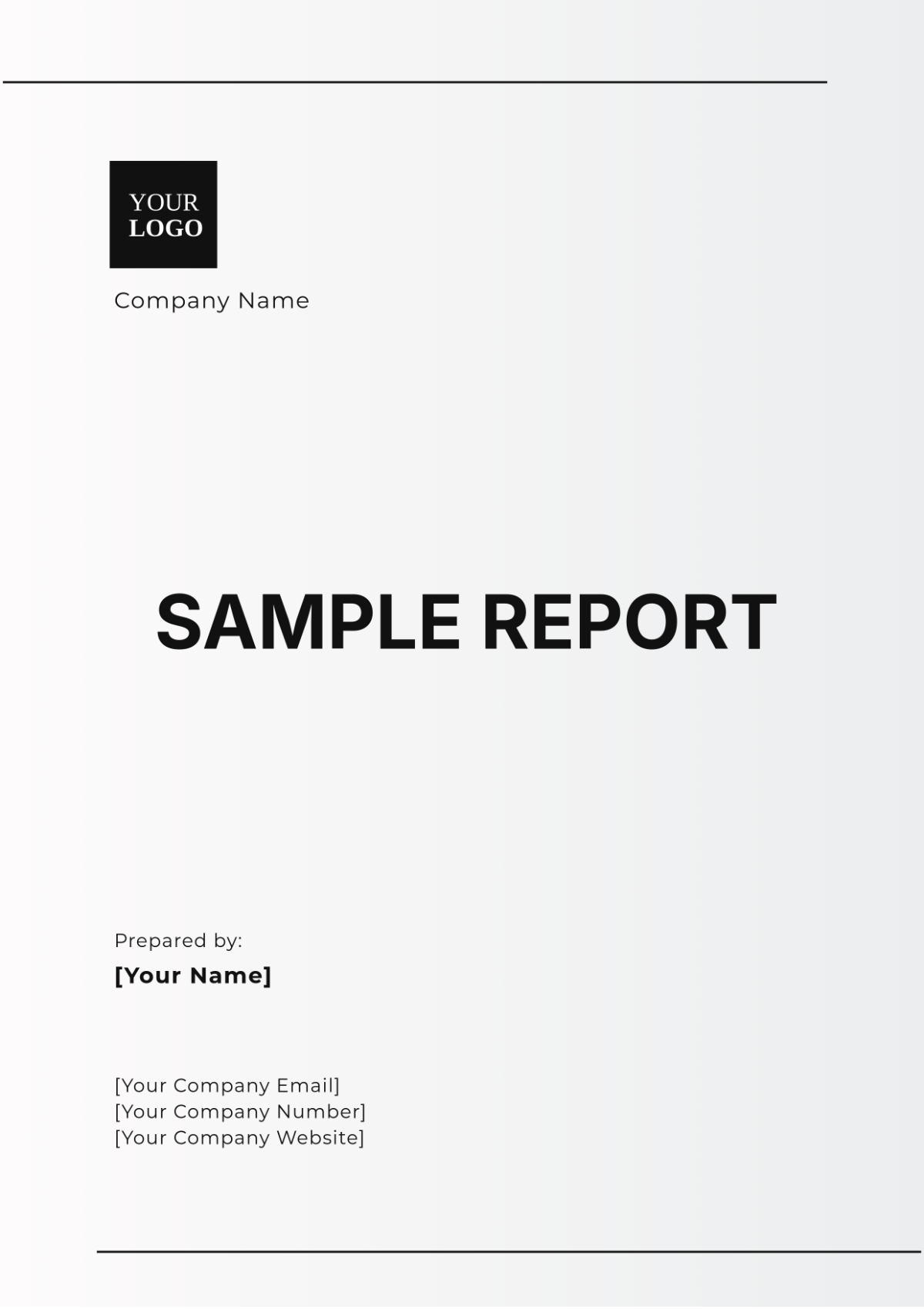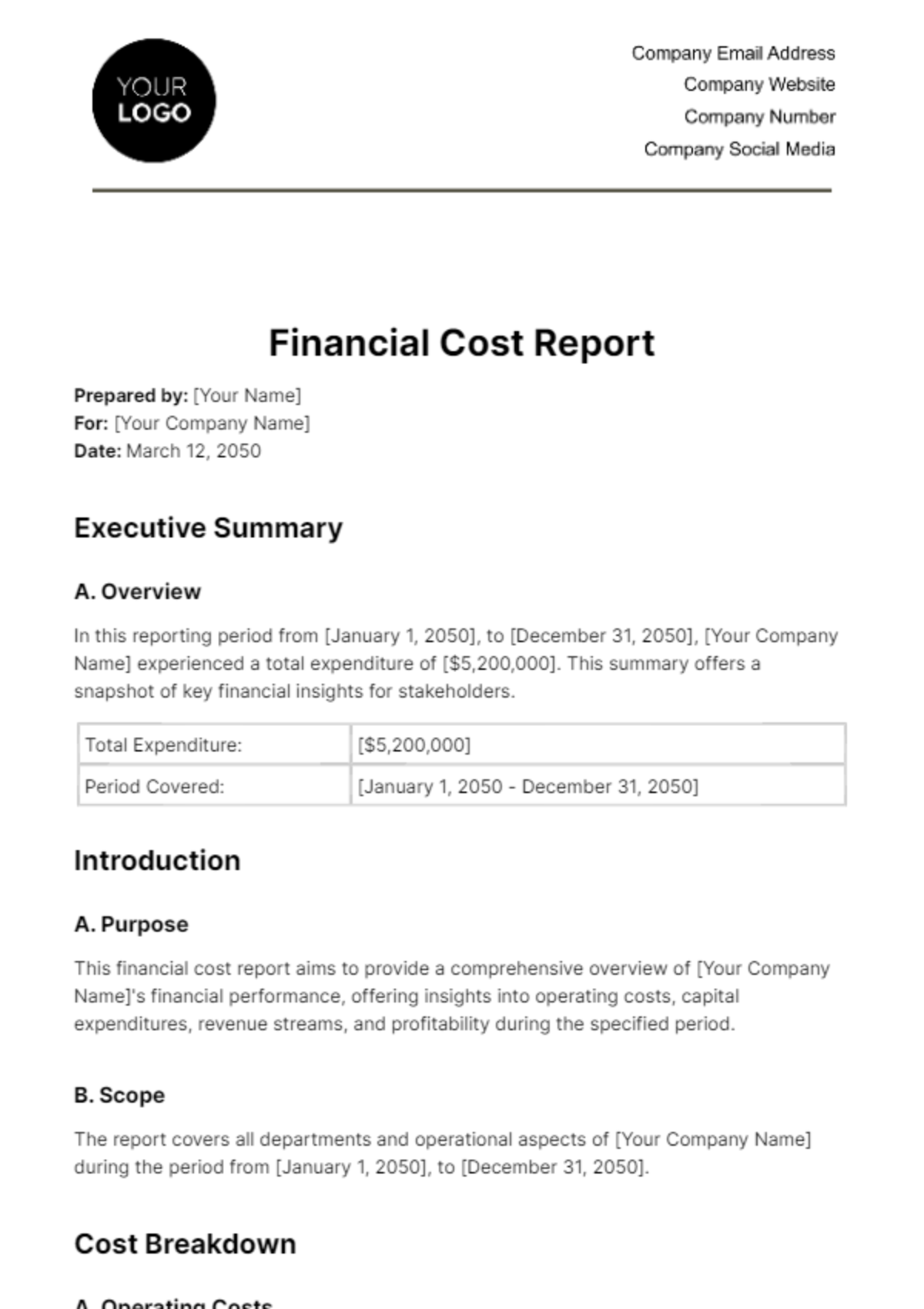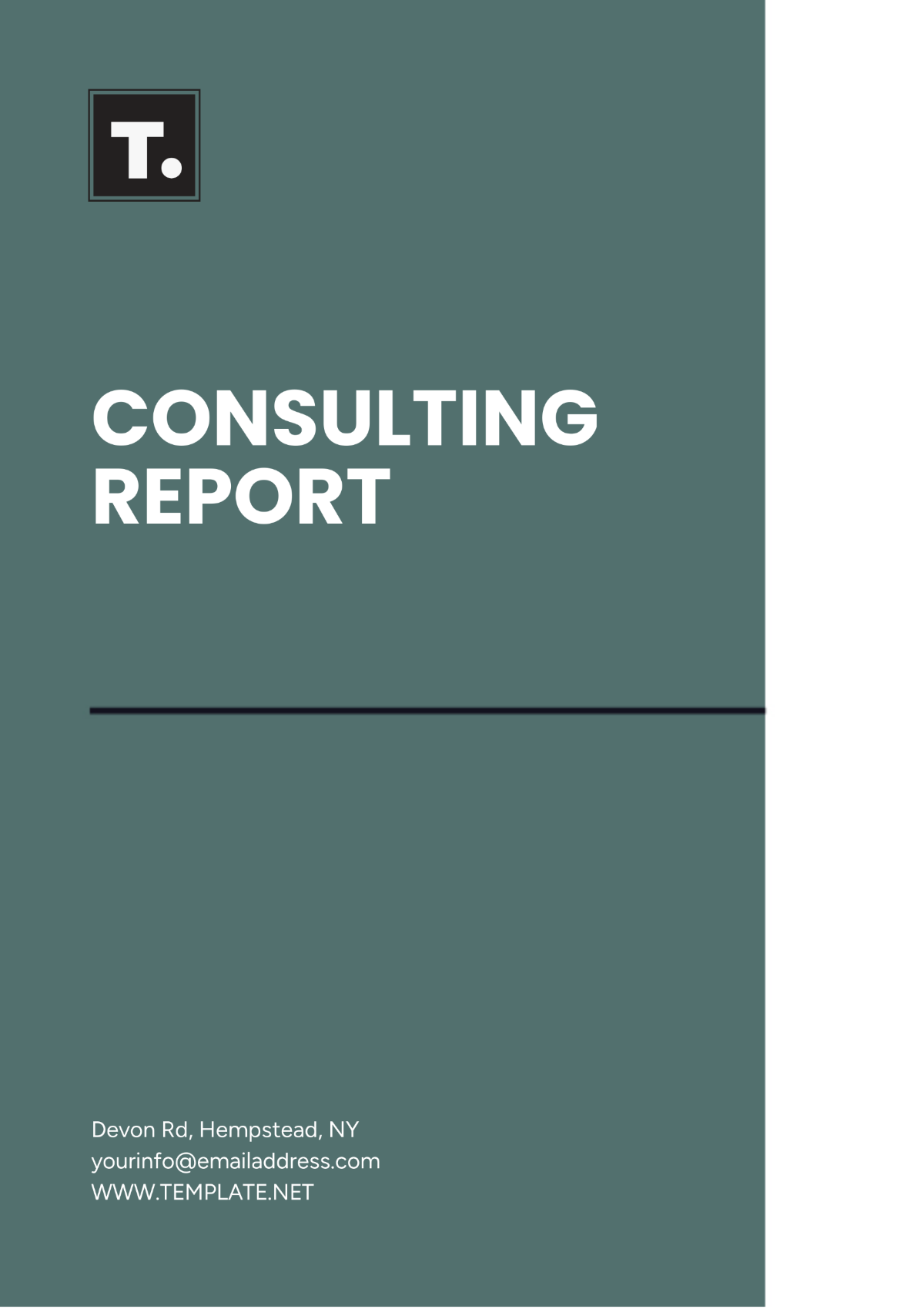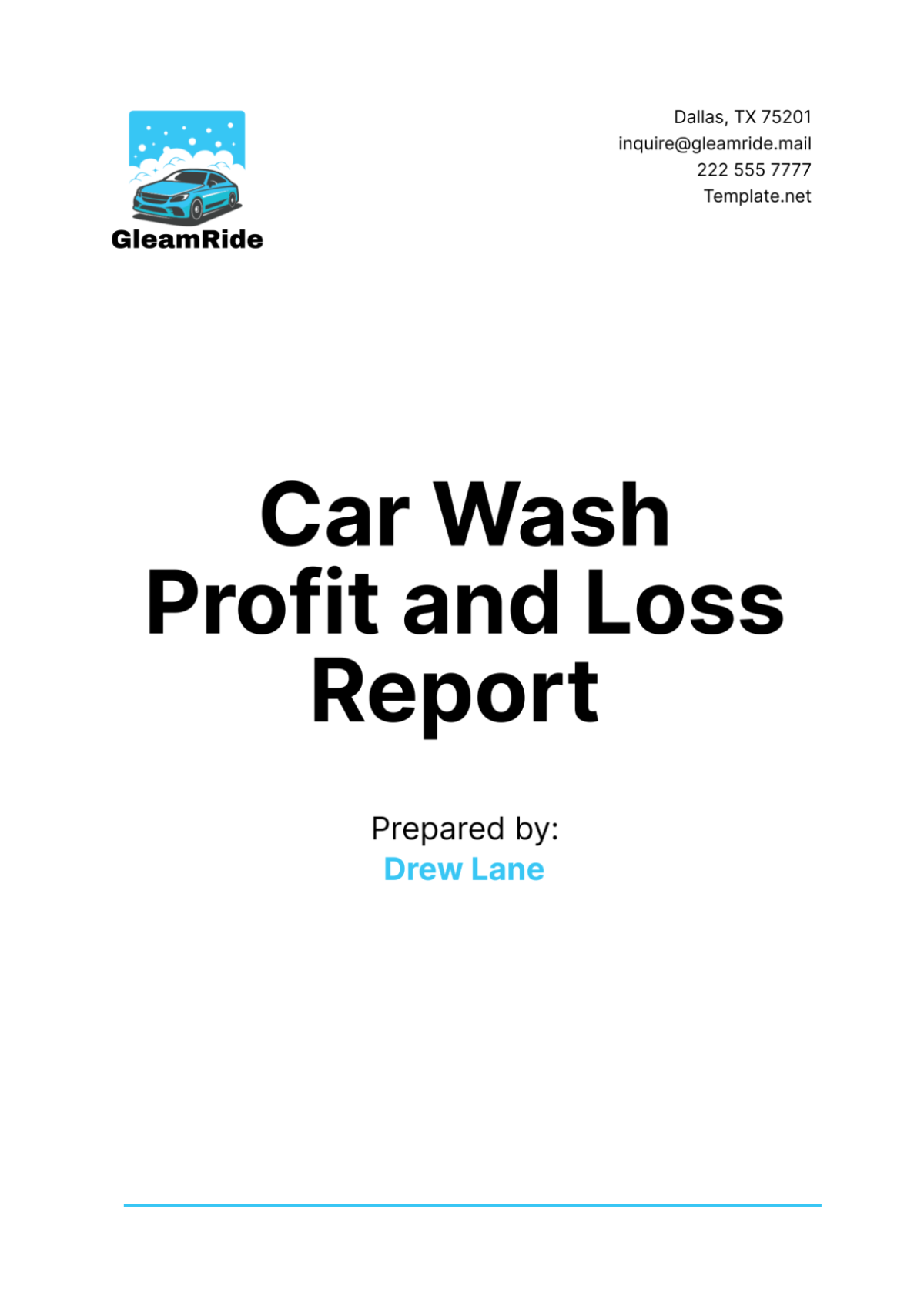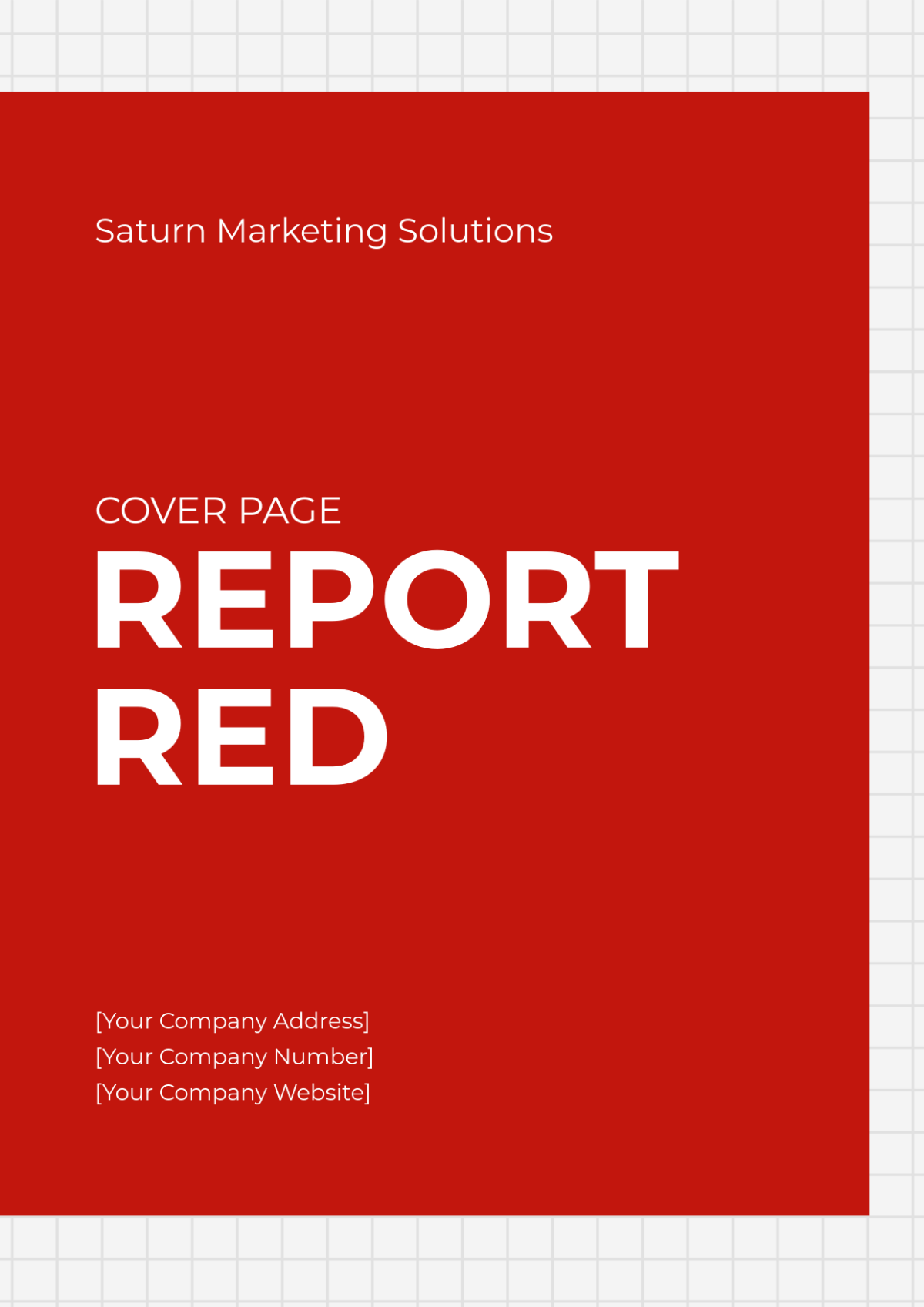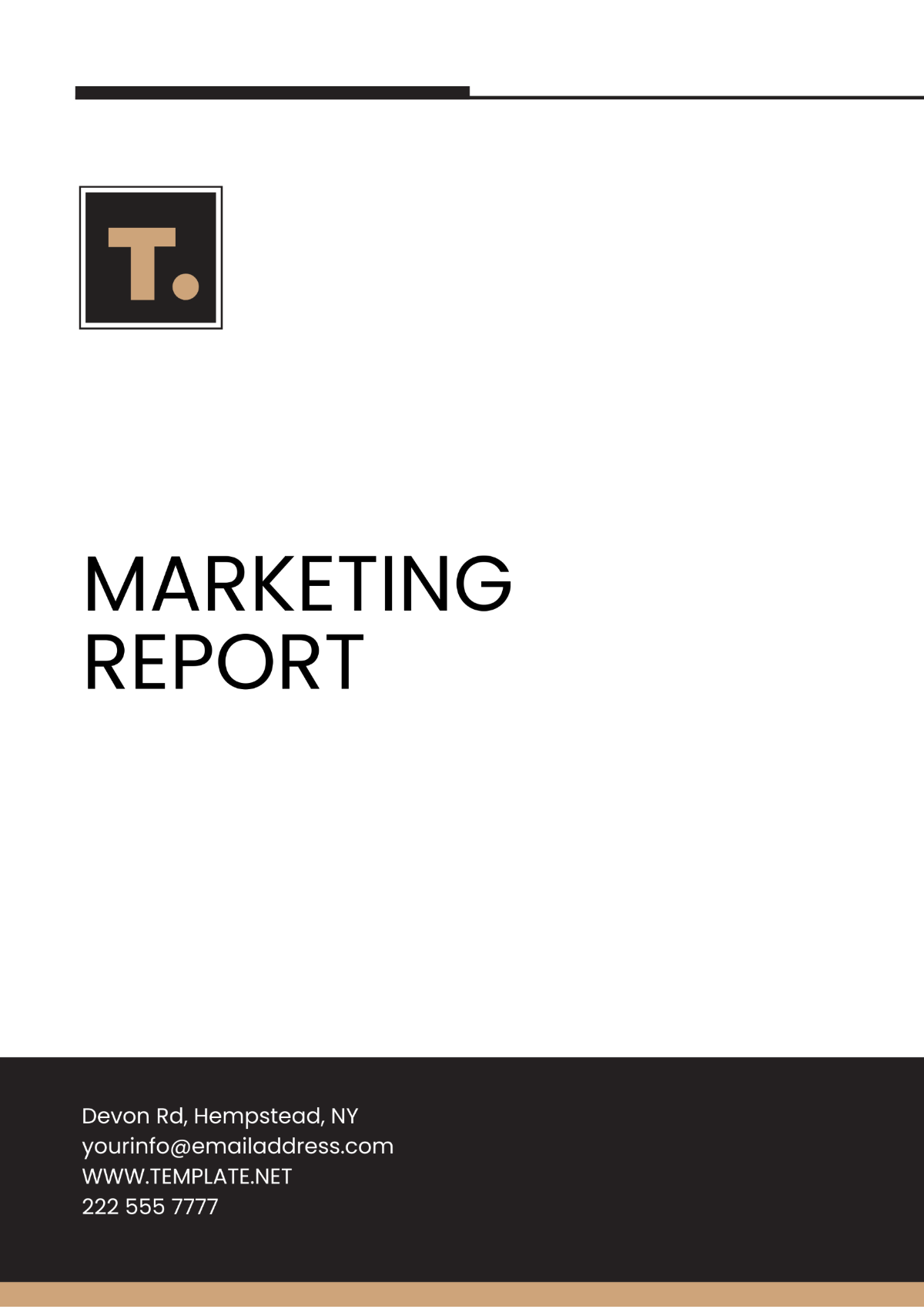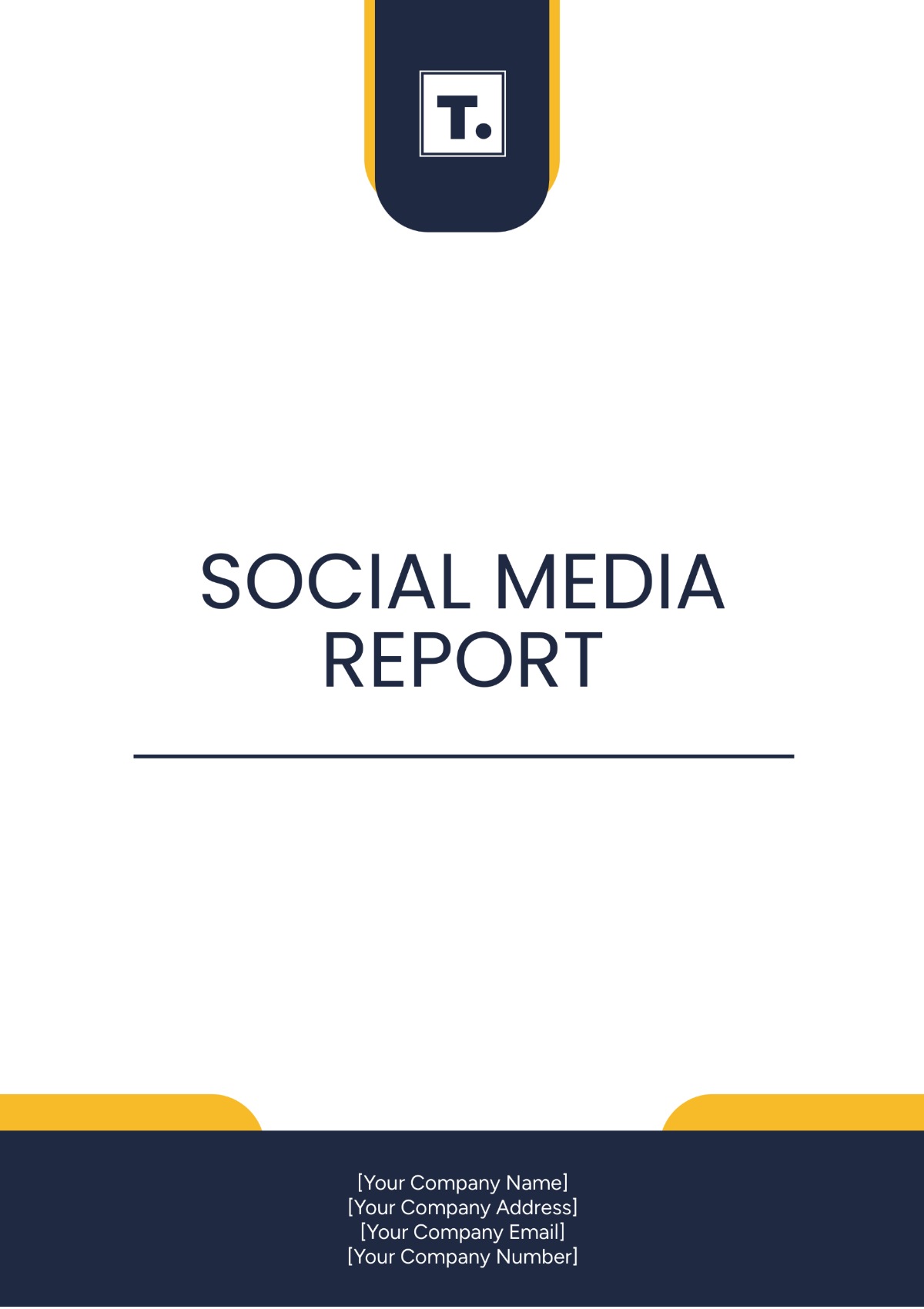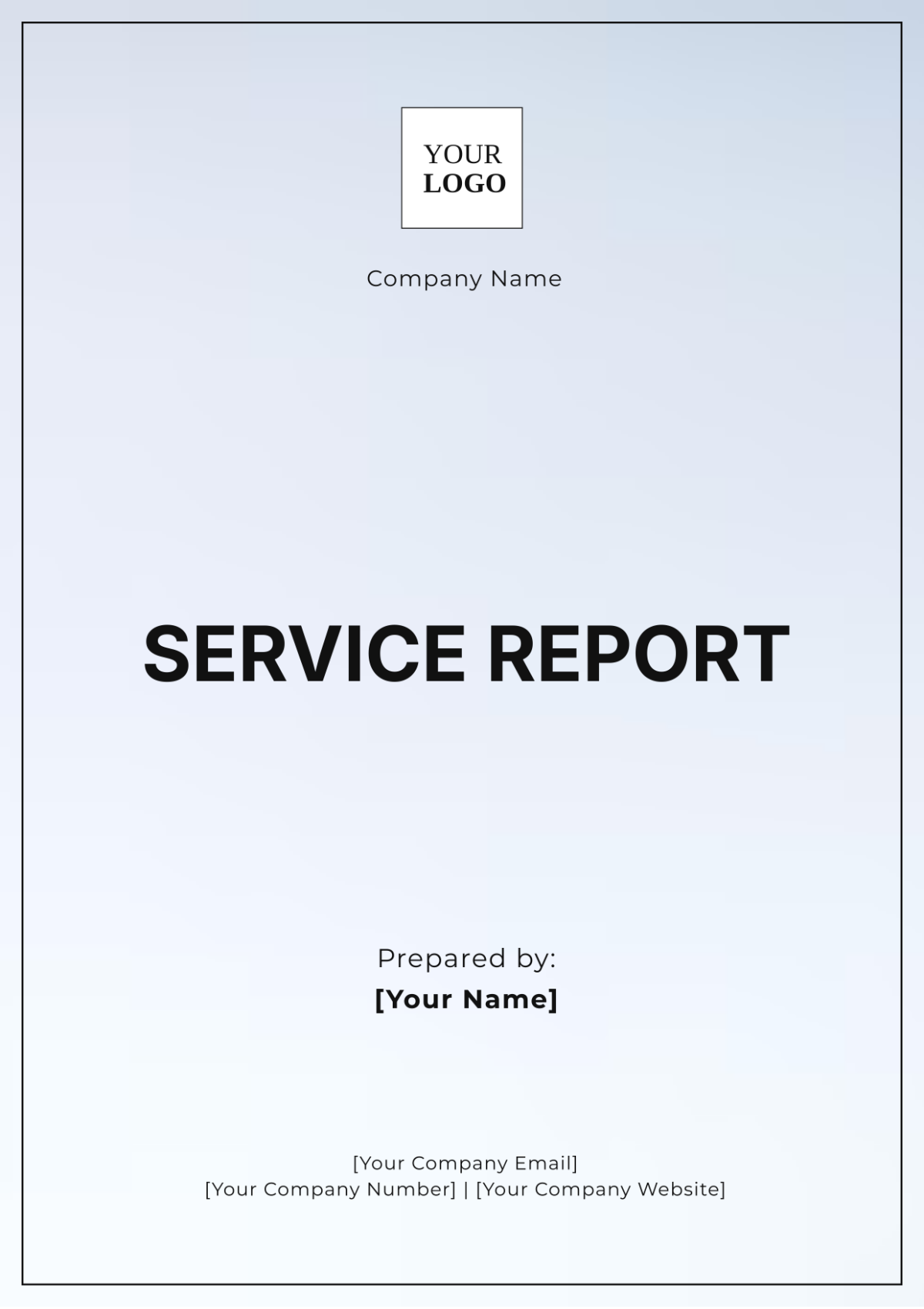Cosmetic Store Analytics Report
I. Executive Summary
The purpose of this analytics report is to provide a thorough, data-driven assessment of [Your Company Name]'s cosmetic store performance for the year 2050. The report delves into a range of performance indicators, including sales figures, customer demographics, marketing campaigns, and inventory management practices. By analyzing these metrics, we aim to offer actionable insights that will guide strategic decision-making and enhance future performance.
In 2050, [Your Company Name] experienced a notable increase in total sales, reaching $[4,500,000], marking a [12]% growth compared to the previous year. This upward trend was driven by several factors, including the launch of new product lines, increased online sales, and highly successful seasonal campaigns. Skincare products remained the top-selling category, contributing to [37]% of total revenue. Digital channels continued to outperform traditional brick-and-mortar sales, with online sales accounting for [55]% of total revenue.
The highest-performing demographic in terms of spending was the [25-34] age group, contributing a substantial portion of revenue with an average annual spend of $[500]. Additionally, customer acquisition and retention metrics demonstrated strong performance, with a [5]% increase in the retention rate. Marketing campaigns, particularly those focused on seasonal promotions and influencer collaborations, further boosted customer engagement and contributed to the growth in revenue.
II. Sales Analysis
A. Overall Sales Performance
Annual Revenue Comparison
Total annual sales for 2050 amounted to $[4,500,000], representing a significant [12]% growth compared to the previous year’s performance of $[4,000,000]. This growth was primarily attributed to a combination of expanded product offerings, improved digital marketing strategies, and the successful execution of high-impact promotional events. By leveraging data analytics and predictive modeling, [Your Company Name] was able to anticipate customer preferences and adjust product offerings accordingly. The year-over-year growth is a positive indication that the strategies implemented in 2050 are beginning to yield the desired outcomes.Quarterly Sales Breakdown
The sales performance was not uniform across all quarters, with certain periods seeing higher-than-average sales due to targeted campaigns and new product launches.Quarter
Sales ($)
Growth (%)
Q1
1,050,000
5%
Q2
1,300,000
18%
Q3
1,000,000
3%
Q4
1,150,000
10%
Analysis:
The second quarter (Q2) saw the highest growth, largely driven by the successful launch of new product lines and targeted promotional campaigns, including a Mother's Day event that resonated well with customers. Q4 also saw strong performance due to increased demand during the holiday shopping season, despite a slight dip in sales in Q3, which is often a slower period in retail.Monthly Sales Overview
Monthly sales figures were affected by various external and internal factors such as holidays, promotional events, and product launches. The highest sales were recorded in May with $[450,000] in sales, reflecting the success of the Mother's Day promotions. On the other hand, January, typically a slow month following the holiday season, saw the lowest sales at $[280,000].Product Category Performance
The sales performance was also broken down by product category, highlighting the areas that contributed most significantly to the overall revenue.Category
Revenue ($)
Percentage of Total Sales (%)
Skincare
1,665,000
37%
Makeup
1,215,000
27%
Hair Care
765,000
17%
Fragrances
540,000
12%
Bath & Body
315,000
7%
Analysis:
Skincare products continued to drive the majority of sales, with face serums, moisturizers, and sunscreens proving particularly popular. The demand for makeup remained strong, especially for new releases such as eco-friendly foundations and bold lipstick shades. Hair care and fragrances also contributed a significant portion of revenue, although they represented a smaller share compared to skincare and makeup.
B. Channel Sales Performance
Online vs. In-store Sales
The shift towards online shopping continued to accelerate in 2050. Online sales outpaced in-store purchases, reflecting the broader trends in consumer behavior and the increased use of e-commerce platforms.Channel
Sales ($)
Percentage of Total Sales (%)
Online
2,475,000
55%
In-Store
2,025,000
45%
Analysis:
Online sales accounted for the largest share of total revenue, driven by the company’s increased digital marketing efforts, improved website functionality, and a robust online shopping experience. While in-store purchases still represented a significant portion of the total sales, the increasing preference for the convenience of online shopping is evident in the data.Top Performing Online Channels
Online sales were further broken down by platform, highlighting where customers made their purchases.Platform
Revenue ($)
Share of Online Sales (%)
Website
1,650,000
67%
Social Media Platforms
610,000
25%
Marketplace Partners
215,000
8%
Analysis:
The company’s official website generated the largest share of online sales, benefiting from a user-friendly interface and optimized product recommendations. Social media platforms, particularly Instagram, also played a critical role in driving sales, especially through influencer marketing and promotional collaborations.
III. Customer Demographics and Preferences
A. Customer Age and Spending Habits
Age Group Distribution
Customer behavior was also segmented by age group, revealing key trends in spending habits.Age Group
Percentage of Total Customers (%)
Average Spend ($)
18-24
20%
320
25-34
35%
500
Analysis:
The [25-34] age group represented the largest share of total customers, with an average spend of $[500] per year. This demographic showed a preference for high-quality skincare products, luxury makeup items, and eco-friendly packaging. Younger customers, particularly those aged [18-24], had lower average spends but still contributed significantly to the overall revenue, mainly purchasing trendy and affordable products.Customer Location
Customer distribution by location showed that a majority of the company's customer base comes from urban areas, with [60]% of sales attributed to urban customers.Analysis:
Urban customers tend to have higher disposable incomes and more exposure to beauty trends, making them more likely to purchase premium products. This finding suggests that targeted marketing in metropolitan areas could yield even higher returns.
B. Product Preferences
Top Product Types by Popularity
The most popular products were categorized by type, reflecting broader market trends in cosmetics and personal care.Skincare: The highest-selling skincare items were face serums, moisturizers, and sunscreens, which accounted for [40]% of all skincare sales. Customers increasingly favored natural ingredients such as hyaluronic acid, vitamin C, and peptides.
Makeup: Lipsticks and foundation were the top-selling makeup items, representing over [50]% of makeup sales. Eco-friendly and cruelty-free formulas saw an increase in demand, aligning with growing consumer concerns about sustainability.
Hair Care: Sulfate-free shampoos and conditioners were particularly popular, with [60]% of hair care sales coming from these types of products. Consumers are becoming more conscious about hair care ingredients and their effects on both health and the environment.
Customer Preferences by Gender
The breakdown of preferences by gender showed distinct patterns in product categories.Gender
Percentage of Total Customers (%)
Popular Categories
Female
70%
Skincare, Makeup
Male
25%
Hair Care, Fragrances
Non-binary
5%
Makeup, Skincare
Analysis:
Female customers made up the largest percentage of the customer base and showed strong interest in both skincare and makeup products. Male customers, while representing a smaller portion of the overall customer base, contributed significantly to hair care and fragrance sales.
IV. Marketing Performance
A. Marketing Campaigns Overview
Campaign Success
In 2050, several marketing campaigns drove high levels of engagement, particularly influencer collaborations and seasonal sales. The "Summer Glow" skincare campaign resulted in an [18]% increase in sales for skincare products during the campaign period. Similarly, a collaboration with popular beauty influencers led to a [20]% increase in sales for the makeup category.Analysis:
Influencer marketing has proven to be highly effective in boosting both brand awareness and sales. Targeted campaigns featuring influencers resonate with younger audiences and encourage impulse purchases.Email Marketing Performance
Personalized email campaigns achieved a [15]% higher click-through rate (CTR) compared to non-targeted emails. These emails were designed based on customer purchase history and preferences, resulting in more relevant product recommendations.
V. Inventory and Stock Analysis
A. Inventory Levels
Stock Availability
In 2050, [Your Company Name] implemented an advanced inventory management system that significantly improved stock availability across both physical and online stores. Through the use of machine learning algorithms and predictive analytics, the system could forecast demand trends with greater accuracy, ensuring that high-demand products were always in stock. This system reduced stockouts by [10]% compared to previous years and helped maintain a more reliable shopping experience for customers. This reduction in stockouts has translated into higher customer satisfaction and retention rates, as customers no longer face frustrating out-of-stock situations when they try to purchase their desired products. The automation of inventory forecasting also led to faster response times to shifts in demand.Excess Stock and Overstocked Items
One of the key challenges in retail is managing excess stock, which can tie up valuable capital and space. In 2050, [Your Company Name] reduced its overstock rate by [8]% compared to the previous year. This was achieved through better forecasting techniques and more efficient management of product lifecycle stages. Overstocked items primarily consisted of last season’s collections and certain product lines that did not perform as expected. To address this, the company employed strategic discounting and clearance campaigns, helping to move excess stock and minimize losses. The use of data analytics played a crucial role in identifying slow-moving products early in the sales cycle, enabling proactive adjustments to inventory levels. Additionally, the company used third-party marketplaces and online channels to offload excess inventory without negatively affecting the primary sales channels.Inventory Turnover Rate
The inventory turnover rate is an important metric for assessing how effectively a company manages its inventory. In 2050, [Your Company Name] achieved an improved inventory turnover rate of [6.5], up from [5.8] in 2049. This increase was a direct result of better inventory management practices, including the more precise allocation of stock to high-demand items and the reduction of slow-moving products. A higher turnover rate indicates that products are being sold and restocked more efficiently, reducing the costs associated with holding inventory and increasing profitability. This improvement is a key indicator of the company's commitment to operational efficiency.
B. Seasonal and Promotional Stock Adjustments
Adapting to Seasonal Demand
One of the biggest challenges in retail, particularly for the cosmetic industry, is managing seasonal demand fluctuations. Products such as sunscreens, gift sets, and holiday-themed items experience sharp increases in sales during specific times of the year, while other products see slower sales during off-seasons. In 2050, [Your Company Name] improved its ability to anticipate seasonal spikes by analyzing historical sales data, market trends, and external factors such as weather conditions. As a result, the company was able to better prepare for seasonal demand and adjust stock levels accordingly. For example, sunscreen sales peaked in Q2 (April to June), with a [25]% increase over regular sales due to the summer season. Similarly, the holiday season in Q4 saw a [30]% rise in gift set sales, as customers increased their spending on packaged sets for gifting purposes.Promotional Adjustments
Promotions play a key role in driving inventory turnover, especially during periods when sales are expected to be lower than usual. In 2050, [Your Company Name] launched several successful promotional campaigns, such as a “Back to School” skincare special, to move inventory during traditionally slower periods like late summer. These campaigns typically included discounts, bundle offers, and limited-time promotions to encourage purchasing. Such strategies not only helped clear seasonal stock but also maintained customer engagement. These promotional activities contributed to the increase in sales during otherwise slower months, such as Q3. A robust promotional calendar is essential for managing inventory efficiently while meeting customer expectations.Vendor Relationships and Stock Management
Strong relationships with suppliers and vendors are essential to ensuring timely deliveries and securing the best prices for high-demand products. In 2050, [Your Company Name] focused on strengthening its partnerships with both domestic and international suppliers. By establishing long-term agreements, the company was able to secure favorable terms, including priority stock allocation during peak periods, faster shipping timelines, and volume discounts. This strategic partnership also helped to mitigate some of the global supply chain disruptions that affected many industries. Through effective collaboration with vendors, [Your Company Name] ensured that its stores were consistently stocked with the most popular and in-demand products.
VI. Recommendations and Strategic Insights
A. Sales Growth Strategies
Leverage Online Channels
Online sales will continue to be a key driver for growth in the future. Given the growth trends seen in 2050, it’s recommended that [Your Company Name] continue to expand digital marketing efforts, especially targeting the [25-34] age group, who are high spenders in the cosmetics market. A focus on social media platforms, particularly Instagram and TikTok, is advised, as these channels have proven to be highly effective in reaching younger demographics. Influencer collaborations should continue to be a cornerstone of digital marketing strategies, as influencer-led campaigns resulted in a [20]% increase in sales during the year. Additionally, increasing the investment in targeted advertisements based on customer data will help convert casual browsers into loyal customers.Targeted Product Development
To cater to evolving customer needs, it is crucial for [Your Company Name] to continue expanding its portfolio of premium skincare and eco-friendly products. The demand for sustainable and cruelty-free beauty products is expected to grow, and aligning product development with these trends will attract a loyal customer base. Additionally, offering exclusive, limited-edition products through online channels or exclusive membership programs can drive engagement and increase customer lifetime value. Introducing new formulations that cater to specific skin types or concerns, such as anti-aging or acne-prone products, could also lead to higher customer satisfaction and retention.Optimize In-store Events
Hosting more interactive in-store events featuring live product demonstrations, free samples, and expert consultations can help drive foot traffic and boost sales conversion rates. In 2050, these in-store experiences have proven to increase foot traffic by up to [30]%. Creating unique in-store experiences where customers can test products firsthand, learn from skincare experts, and engage with the brand will enhance brand loyalty and attract new customers. Moreover, hosting exclusive events for VIP customers or loyalty program members can deepen customer relationships and encourage repeat business.
B. Marketing and Customer Engagement Strategies
Enhanced Loyalty Program
A more robust and tiered loyalty program will encourage repeat purchases by rewarding customers based on their spend and engagement with the brand. For example, offering exclusive perks like early access to new product launches, birthday discounts, or members-only events could help increase customer retention rates. Additionally, rewarding customers with points for sharing feedback or referring new customers could increase the size of the customer base. Such loyalty programs also provide valuable data that can be used for personalized marketing, increasing the relevance of product recommendations and promotional offers.Personalized Email Campaigns
Personalized email campaigns are one of the most cost-effective ways to nurture customer relationships and boost sales. Data-driven email campaigns, which leverage customer purchase history and browsing behavior, have demonstrated a [15]% higher click-through rate (CTR) than generic email offers. By tailoring promotions to individual customer preferences and suggesting complementary products, [Your Company Name] can create a more personalized shopping experience that drives higher conversion rates. For instance, customers who previously purchased skincare products may be more likely to purchase complementary items like makeup removers, toners, or sunscreen through targeted email recommendations.
C. Inventory Optimization Strategies
Automated Inventory Replenishment
Implementing automated inventory systems that are linked to real-time sales data can significantly reduce the risk of stockouts and improve stock management efficiency. By adopting predictive analytics, [Your Company Name] can ensure that best-selling items are automatically replenished, minimizing human error in inventory tracking. Additionally, such systems can provide more granular insights into regional demand differences, allowing the company to tailor its inventory management strategies according to regional preferences.Seasonal Stock Adjustments
Fine-tuning seasonal stock levels will allow [Your Company Name] to better manage products with fluctuating demand. For instance, products such as sunscreen, which have a peak demand in Q2, can be stocked in larger quantities earlier in the year. Similarly, holiday gift sets should be produced and stocked in advance, based on historical demand patterns from the previous years. Seasonal demand analysis can also help with the planning of clearance sales and promotions to reduce excess inventory and free up space for the next season's product lines.
VII. Operational Efficiency and Logistics
A. Supply Chain Optimization
Supply Chain Flexibility
Given the volatile nature of global supply chains, especially in light of the recent disruptions caused by geopolitical events and global pandemics, [Your Company Name] should focus on building a more flexible and resilient supply chain. By diversifying suppliers and establishing backup partnerships, the company can reduce its dependence on any single source and mitigate risks of stockouts. Additionally, investing in advanced logistics technologies such as automated warehouses and real-time tracking can increase operational efficiency and reduce costs associated with supply chain delays.Logistics and Distribution Enhancements
To ensure timely deliveries and keep customer satisfaction high, [Your Company Name] should continue investing in logistics solutions that provide fast and accurate deliveries. Partnering with top-tier couriers that offer real-time delivery tracking, same-day delivery options, and flexible return policies will further improve customer experience and loyalty. Automation in warehouses, such as the use of robots for sorting and packaging orders, can reduce fulfillment times and increase order accuracy.
B. Cost Control and Profitability
Cost Reduction Initiatives
By automating routine tasks and streamlining operations, [Your Company Name] can reduce labor and operational costs. Additionally, optimizing energy consumption through sustainable practices, such as the use of energy-efficient lighting in stores and warehouses, will contribute to cost savings. Evaluating supplier contracts for better terms and seeking opportunities for bulk purchasing can also lead to cost reductions.Profitability Metrics
To further improve profitability, [Your Company Name] should continue monitoring key financial metrics such as gross profit margin, operating expenses, and customer acquisition costs. By maintaining a close focus on cost management and improving operational efficiency, the company can ensure higher profit margins while still offering competitive prices to its customers.
VIII. Future Trends and Market Opportunities
A. Emerging Beauty Trends
Tech-Enabled Beauty
The future of the cosmetic industry lies in the integration of technology with beauty products. Augmented reality (AR) for virtual try-ons, AI-powered skin diagnostics, and personalized beauty devices are some of the growing trends in the beauty space. [Your Company Name] should explore these technologies to offer innovative solutions that enhance the customer experience and differentiate the brand from competitors.Sustainability and Eco-friendly Products
As sustainability becomes a key consumer focus, the demand for eco-friendly beauty products, including packaging-free cosmetics and cruelty-free formulations, is expected to increase. The future of the beauty industry will likely see an influx of brands that prioritize sustainability, and [Your Company Name] should continue to develop and promote its eco-friendly and ethical product lines.
